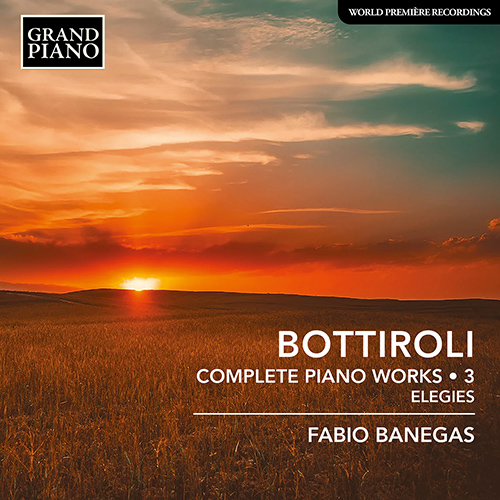
About this Release
Catalogue No.: GP947
Release Date: May 2024
Barcode: 747313994717
Composer(s): José Antonio Bottiroli
Artist(s): Fabio Banegas
Link(s):
BOTTIROLI, JOSÉ ANTONIO (1920–1990)
Complete Piano Works • 3
- Fabio Banegas, piano
The third volume in the series of José Antonio Bottiroli’s complete solo piano music reflects once again his immersion in late Romanticism allied to the resources of impressionism. Although these world premiere recordings focus on Bottiroli’s elegiacal works – laments in tribute to the memory of his loved ones – they also include pieces with the free musical structure of a ‘fantasy’ and those with the more rigorous demarcation of theme and variation. In the Mircrofilms he even offers us imaginary cinematic pieces. Fabio Banegas is not only Bottiroli’s protégé but has also catalogued the composer’s complete works.
Tracklist
|
Tríptico (Triptych), B80 (1972) (00:06:00 )
|
|
1
I. Introito (Introduction) in E Minor (00:00:49)
|
|
2
II. Tema (Theme) in E Major (00:01:45)
|
|
3
III. Final in B-Flat Minor (00:02:48)
|
|
4
Andante 3/4 in F Minor, B66 (1978) (00:03:01)
|
|
5
Allegro I in F Major, B88/1 (1982) (00:03:24)
|
|
6
Allegro II in F Major, B88/2 (1982) (00:01:55)
|
|
Tema y variaciones (Theme and Variations) in G Major, B28 (1973) (00:06:00 )
|
|
7
Theme: Andante (00:00:19)
|
|
8
Variation 1: Moderato (00:00:29)
|
|
9
Variation 2: Moderato (00:00:39)
|
|
10
Variation 3: Moderato (00:00:29)
|
|
11
Variation 4: Sostenuto (00:00:55)
|
|
12
Variation 5: Larghetto (00:00:47)
|
|
13
Variation 6: Largo (00:00:58)
|
|
14
Variation 7: Allegretto (00:00:42)
|
|
15
Variation 8: Allegro (00:00:37)
|
|
Tema y variaciones (Theme and Variations) in F-Sharp Minor, B91 (1984) (00:09:00 )
|
|
16
Theme: Andante (00:00:30)
|
|
17
Variation 1: Sostenuto (00:02:47)
|
|
18
Variation 2: Moderato (00:01:13)
|
|
19
Variation 3: Grave (00:01:39)
|
|
20
Variation 4: Allegretto (00:00:31)
|
|
21
Variation 5: Allegretto (00:00:59)
|
|
22
Coda: Sostenuto (00:00:42)
|
|
23
Variaciones sobre un tema de J. Haydn (Variations on a Theme by J. Haydn), B103 (1987) (00:01:42)
|
|
Tema y variaciones (Theme and Variations) in E Minor, B92 (1987) (00:05:00 )
|
|
24
Theme: Andante (00:00:24)
|
|
25
Variation 1: Lo stesso tempo (00:01:16)
|
|
26
Variation 2: Più (00:03:11)
|
|
5 Microfilms, B58 (1978) (00:03:00 )
|
|
27
Microfilm No. 1 in C Major (00:01:00)
|
|
28
Microfilm No. 2 in D Minor (00:00:19)
|
|
29
Microfilm No. 3 in E Minor (00:00:37)
|
|
30
Microfilm No. 4 in F Minor (00:00:50)
|
|
31
Microfilm No. 5 in A Major (00:00:18)
|
|
32
Preludio (Prelude) in F Minor, B62 (1978) (00:02:49)
|
|
33
Preludio (Prelude) in E-Flat Major, B98 (1984) (00:02:24)
|
|
34
Preludio (Prelude) in C Minor, B99 (1984) (00:03:39)
|
|
35
Ausencia I (Absence I) in C Major, B106 (1987) (00:02:40)
|
|
36
Ausencia II (Absence II) in G Major, B107 (1987) (00:06:00)
|
|
37
Capricho (Capriccio) in D Minor, B41 (1975) (00:04:03)
|
|
38
Capricho (Capriccio) in E-Flat Minor, B44 (1976) (00:06:16)
|
Total Time: 01:05:26
The Artist(s)
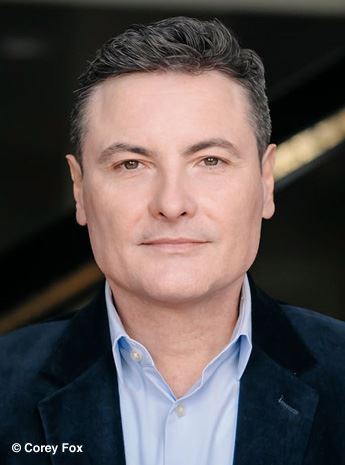 Classical pianist, music scholar and editor, Fabio Banegas, has appeared in recitals and as soloist in the United States, Europe and in his native Argentina. He studied at the National University of Rosario (UNR) where he obtained two degrees: Piano Performance and the National Professorate of Music. He continued his education in the United States earning a Master of Music (MM) at California State University Fullerton (CSUF) under Dr Susan Svrček. Fabio Banegas is an interpreter of the complete piano works by the Argentinean composer José Antonio Bottiroli, of whom he was a student, and has given world premières of many of the composer’s works. He is a recipient of many awards, most notably, from Argentina, the Friends of the Arts of Rosario Award and the Mozarteum Santa Fe Music Award; and from the US, the Redfield Award of the Orange County Philharmonic Society and the Phi Beta Delta Internationalist Award.
Classical pianist, music scholar and editor, Fabio Banegas, has appeared in recitals and as soloist in the United States, Europe and in his native Argentina. He studied at the National University of Rosario (UNR) where he obtained two degrees: Piano Performance and the National Professorate of Music. He continued his education in the United States earning a Master of Music (MM) at California State University Fullerton (CSUF) under Dr Susan Svrček. Fabio Banegas is an interpreter of the complete piano works by the Argentinean composer José Antonio Bottiroli, of whom he was a student, and has given world premières of many of the composer’s works. He is a recipient of many awards, most notably, from Argentina, the Friends of the Arts of Rosario Award and the Mozarteum Santa Fe Music Award; and from the US, the Redfield Award of the Orange County Philharmonic Society and the Phi Beta Delta Internationalist Award. The Composer(s)
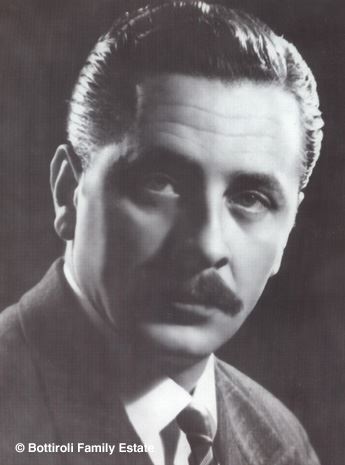 José Antonio Bottiroli’s music emerged in stark contrast within the Argentinean classical landscape created by his predecessors, as he did not find inspiration in folklore and native dances. He also diverged from the modernist and avant-garde musical aesthetic adopted by many of his contemporaries. Instead, he found in the short musical forms of Romanticism the ideal medium for his expression, which he infused with diverse moods, extreme subjectivism, intimacy and his own real-life experiences.
José Antonio Bottiroli’s music emerged in stark contrast within the Argentinean classical landscape created by his predecessors, as he did not find inspiration in folklore and native dances. He also diverged from the modernist and avant-garde musical aesthetic adopted by many of his contemporaries. Instead, he found in the short musical forms of Romanticism the ideal medium for his expression, which he infused with diverse moods, extreme subjectivism, intimacy and his own real-life experiences. 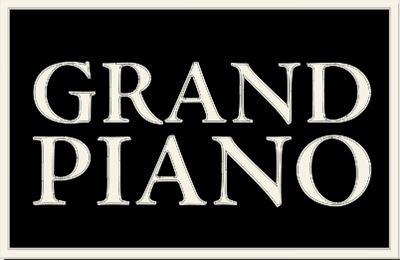
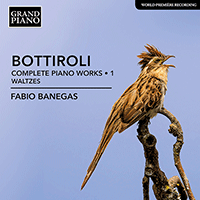
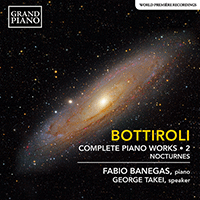
 Grand Piano has gained a reputation for producing high quality recordings of rare keyboard gems. Dedicated to the exploration of undiscovered piano repertoire, the label specialises in complete cycles of piano works by many lesser-known composers, whose output might otherwise have remained unknown and unrecorded.
Grand Piano has gained a reputation for producing high quality recordings of rare keyboard gems. Dedicated to the exploration of undiscovered piano repertoire, the label specialises in complete cycles of piano works by many lesser-known composers, whose output might otherwise have remained unknown and unrecorded.






